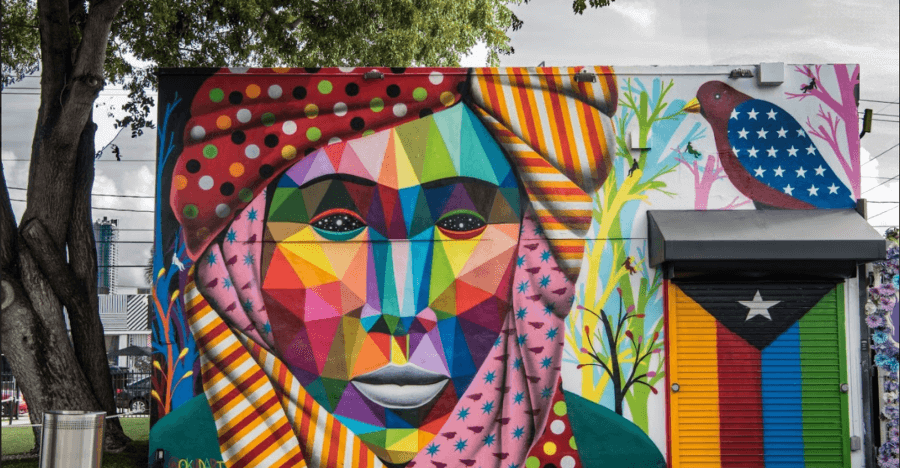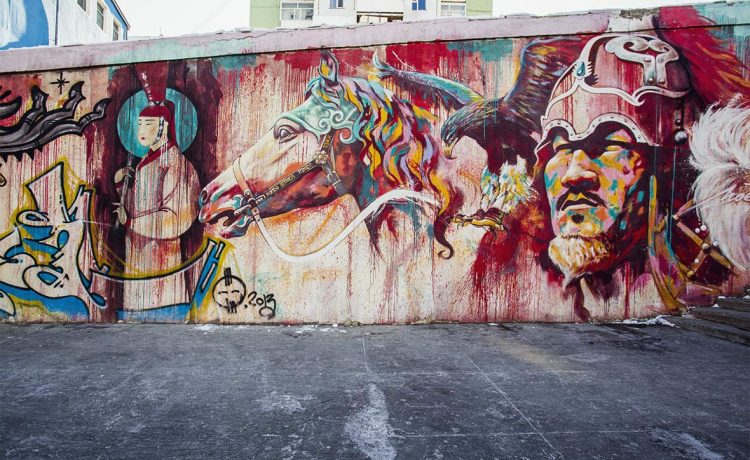Street art has evolved far beyond graffiti on urban walls, it’s become a bold visual language that reflects the pulse of modern society. From political messages and social justice movements to expressions of identity and freedom, street art captures the collective emotions of our time. In every mural and stencil, there’s a story about community, resistance, and change. Today’s artists use city streets as their canvas, transforming public spaces into platforms for dialogue and creativity, reminding us that art doesn’t just belong in galleries, it lives where people do.

How Street Art Gives a Voice to the Voiceless
Street art has long served as a powerful outlet for those whose voices are often ignored by mainstream society. In neighborhoods where traditional media and institutions overlook everyday struggles, murals and graffiti become tools of expression and resistance. Artists use walls to tell stories of injustice, poverty, identity, and hope, turning public spaces into open forums for dialogue. This raw, unfiltered form of art allows individuals to challenge authority, question norms, and highlight social issues that might otherwise remain unseen. Unlike museum pieces reserved for the elite, street art is accessible to everyone, speaking directly to the people. In this way, it gives power to the marginalized, transforming silence into color, emotion, and movement across the cityscape.
From Walls to Galleries: The Commercialization of Street Art
As street art gains global recognition, it has increasingly moved from gritty alleyways to polished gallery walls. Once viewed as rebellious and anti-establishment, this art form is now sought after by collectors and celebrated in major exhibitions. While this shift has elevated the status of street artists, it also raises questions about authenticity and intent. Some argue that commercialization weakens the raw social messages that made street art powerful in the first place, turning protest into profit. Yet, others see it as an evolution, an opportunity for artists to gain financial stability and reach wider audiences. The transition from walls to galleries reflects a broader cultural shift, where underground creativity becomes part of mainstream appreciation, blurring the line between public rebellion and high art.
Why Street Art Matters in Today’s Urban Landscape
Street art plays a vital role in shaping today’s urban landscape, bringing life, meaning, and identity to city environments. Beyond its aesthetic appeal, it transforms gray walls into vibrant narratives that reflect the heartbeat of the community. Street art often challenges social issues, provokes thought, and encourages dialogue among residents and visitors alike. It reclaims public spaces, turning them into areas of cultural exchange and creativity. In a world where cities can feel increasingly uniform, street art reminds us of individuality, diversity, and local character. It connects people to their surroundings and to each other, proving that art isn’t confined to galleries, it grows in the streets, inspiring reflection and unity in the everyday hustle of modern life.
Conclusion
Street art continues to shape the way we see and experience our cities. It’s more than just decoration, it’s a voice, a statement, and a reflection of our collective identity. As urban landscapes evolve, street art reminds us that creativity and expression belong to everyone, not just the privileged few.















